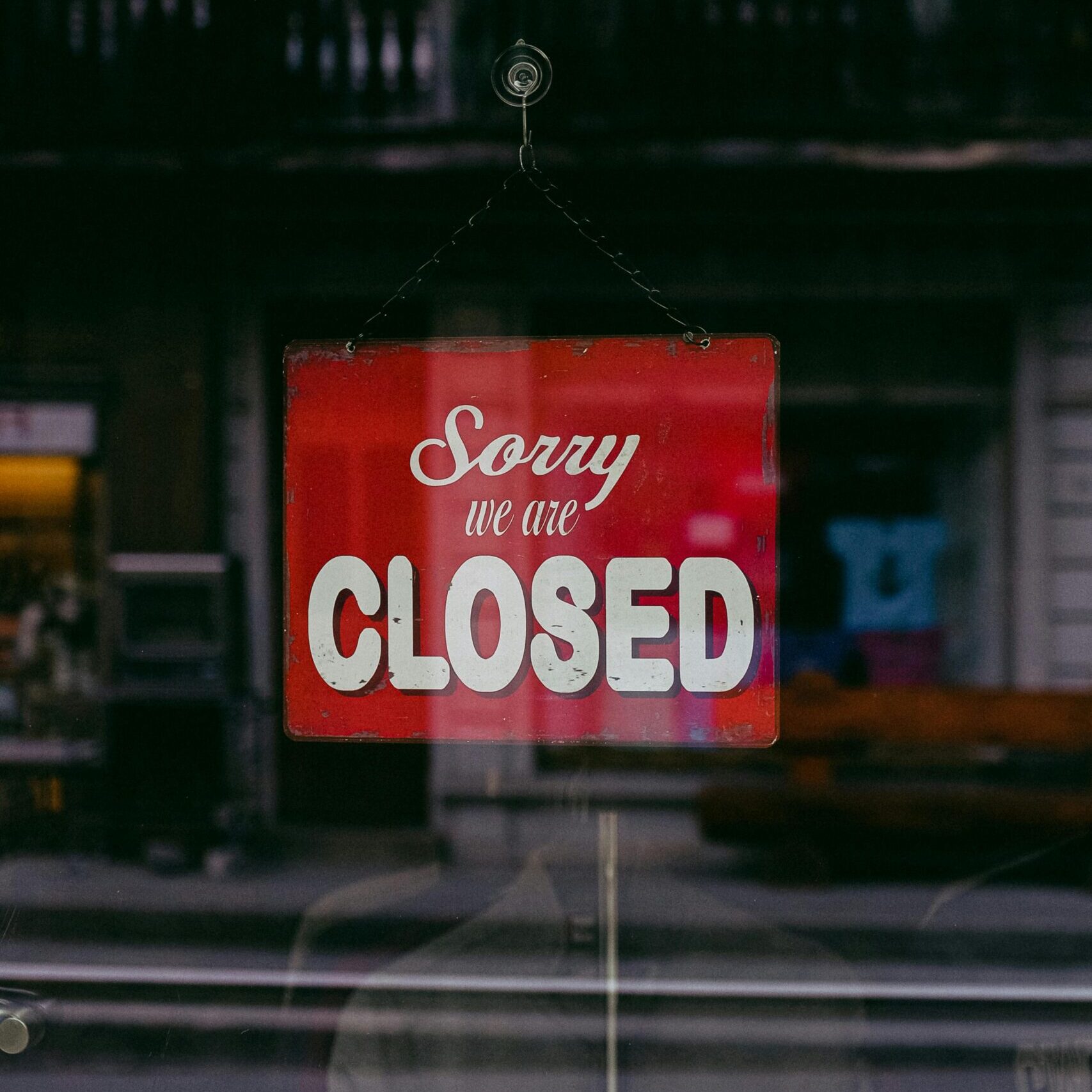
Florida Water Loss Claims: What’s Owed, And When?
July 14, 2017
This article is originally a publication of Law360. Legal opinions may vary when based on subtle factual differences. All rights reserved.
Water loss lawsuits have spiked dramatically in Florida during the past few years. Insurers simply cannot resolve the unusually large differences in water damage estimates. Scope of estimated matching work usually explains the disparity. And litigation ensues over this hypothetical question: Can the water-damaged or tear out items be replaced and then matched to undamaged adjoining items; and if not, what is the proper scope of the matching work?
But in my view, under most policies this question is moot so long as damages remain unrepaired. I believe many property insurers prematurely pay estimated matching-related work by including depreciated amounts for matching-related work as part of actual cash value (ACV) payments. Now, I don’t knock insurers for paying more than what I believe is owed. But they should defend any ensuing lawsuit by litigating precisely what is owed, and not continue the legally moot dispute about proper estimated matching costs when repairs still are not done.
Here’s how it plays out. Most homeowner policies cover property damage resulting from the “sudden and accidental” water loss — water damage to cabinets, baseboards, flooring walls, etc. Repair estimates submitted on behalf of insureds can total well into the five and six figures. These estimates far exceed repairs of just the water-damaged items. They include line items for proposed matching-related work and often reflect a domino effect of tear out and replacement costs of undamaged items — all allegedly necessitated by a slightly water damaged cabinet, baseboards and a few square feet of flooring.
During the initial adjustment, insurers set themselves up for the moot but inevitable “matching” tug of war. Before repairs, insurers will claim that damaged floor tile and cabinets can be repaired without a wholesale replacement of all cabinets and all flooring. An insurer might pay up front, before such payment is owed, just to match all lower cabinets or just one room of flooring. Insureds, often represented by counsel or a public adjuster, will vehemently disagree, claiming that the amount paid up front is not enough for proper matching — all cabinets and all tiles should be replaced. There’s a standoff, and then a lawsuit on the hypothetical issue of whether the damaged property can be replaced and matched, and the extent of any necessary matching work.
Again, it is my view that payment for future matching work is premature so long as the property remains unrepaired. Matching work is a replacement cost (RC) expense that generally is not owed on water loss claims until repairs are done. And to the extent ACV is payable up front under the policy, matching costs related to the tear out and replacement of undamaged property should not be depreciated and made a part of the ACV calculation and payment.
The Florida Supreme Court explained that “[a]ctual cash value is the value of the particular property which was lost or destroyed.” New York Cent. Mut. Fire Insurance Co. v. Diaks, 69 So.2d 786 (1954) (emphasis added). If, for example, one lower kitchen cabinet box is considered totaled because of water damage, the value of undamaged cabinets, adjoining or not, is not relevant for ACV loss valuing purposes. So, the replacement cost of only the one damaged lower cabinet box, minus depreciation, should be considered as part of the ACV of the covered loss. The adjoining undamaged cabinets, and especially the upper cabinets, should not be depreciated and included for matching within an ACV calculation as if they were damaged. Otherwise, more than just the “amount of loss,’ i.e., the value of the damaged cabinet, is being indemnified. As the court in Diaks said, “the purpose of the [insurance] contract [is] to indemnify the owner against loss.” But, I contend that insurers often over-indemnify by paying the depreciated cost to replace undamaged property only for matching purposes.
A fundamental point here is that ACV, as it represents loss value, should be directly proportional to the extent of damages and not the extent of repair cost. Two damaged lower cabinets should trigger an ACV payment that is greater than if only one cabinet had been damaged, even though the necessary RC of all lowers, for matching purposes, might be exactly the same for both examples.
Here’s where I think Florida adjustments went awry with ACV calculations and matching. I first encountered the “match game” during last decade’s plethora of condominium association building hurricane claims and lawsuits. Many public adjusters, rather than calculate the ACV of a loss based on the scope of actual hurricane damage, improperly calculated within ACV estimates the depreciated replacement cost of items that were not damaged — such as matching work that included replacement of pristine windows, stucco, roofs, paint, etc. Many hurricane claims were settled, appraised or litigated for millions of dollars without removing this matching work from ACV. But the depreciated replacement cost of undamaged windows was (and is) not owed up front as part of an ACV payment. Indeed, a couple of federal courts already have held that because the condominium policies cover only direct physical loss to property, matching costs related to undamaged property are not owed as part of ACV. See Ocean View Towers Ass’n Inc. v. QBE Insurance Corp., No. 11-60447-CIV, 2011 WL 6754063, at *10 (S.D. Fla. Dec. 22, 2011), citing Strasser v. Nationwide Mut. Insurance Co., No. 09-60314-CIV, 2010 WL 667945 (S.D. Fla. Feb. 22, 2010). The “match game” of the hurricane claims has continued with the recent slew of water loss claims and lawsuits.
Finally, Florida’s “matching statute” — Fla. Stat. Section 626.9744 — supports my view that matching is not owed for ACV or otherwise before repairs are done. The statute, applicable only to homeowner’s policy claims, begins with a preamble that makes the statute’s matching obligations applicable only to RC coverage, which generally is triggered only after repairs, and only if not inconsistent with the policy terms:
Unless otherwise provided by the policy, when a homeowner’s insurance policy provides for the adjustment and settlement of first-party losses based on repair or replacement cost, the following requirements apply:
Thus, the “matching” provisions of the statute do not apply unless and until coverage for repair or replacement costs is triggered, i.e., unless and until repairs are made. Moreover, the statute’s text assumes the repair of the loss has been performed (because the text uses past tense for “replaced items”) and that a matching problem actually exists and needs to be addressed:
(2) When a loss requires replacement of items and the replaced items do not match in quality, color, or size, the insurer shall make reasonable repairs or replacement of items in adjoining areas.
(emphasis added) This interpretation supports good claims adjustment and public policy. It removes the guessing and litigation on whether items can be matched and allows an insurer to wait, before being obligated to match, until damage repairs are done first to see if a matching problem exists. If it does, then the insurer must pay for matching work. The insurer has every incentive (albeit not the legal obligation) to approve beforehand an insured’s higher claim for matching in close calls, else pay much more later for failed matching attempts.
But insurers don’t have to change their practice of paying matching costs up front or as part of ACV. Insurers can and probably should continue to pay more than what’s owed to allow for margins of error in any lawsuit filed later. But they should explain clearly they are paying for things not yet owed. If insureds sue without doing repairs, I believe insurers can file appropriate dispositive motions or try the cases on what is owed before repairs are done, i.e., the ACV of only the damaged property and not the estimated matching work. That ACV number often is a much smaller number than what was paid, which reflects an overpayment rather than a breach. At trial, the insurer’s corporate representative can explain that the insurer paid more than was owed, but that the insured can keep the money. How good is that?
Please take note: My views here rest on some legal common sense as well as fundamental principles of indemnity. No Florida case specifically addresses matching work and ACV calculations under homeowner policies and the matching statute. My analysis, however, furthers the goal of indemnity and encourages proper repairs. And, in the end, if an appellate court agrees, it will substantially eliminate the current “Match Game” and help end perpetual disputes over moot points.



